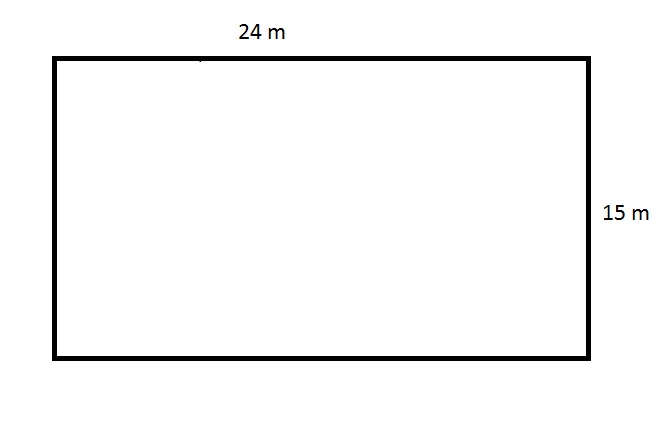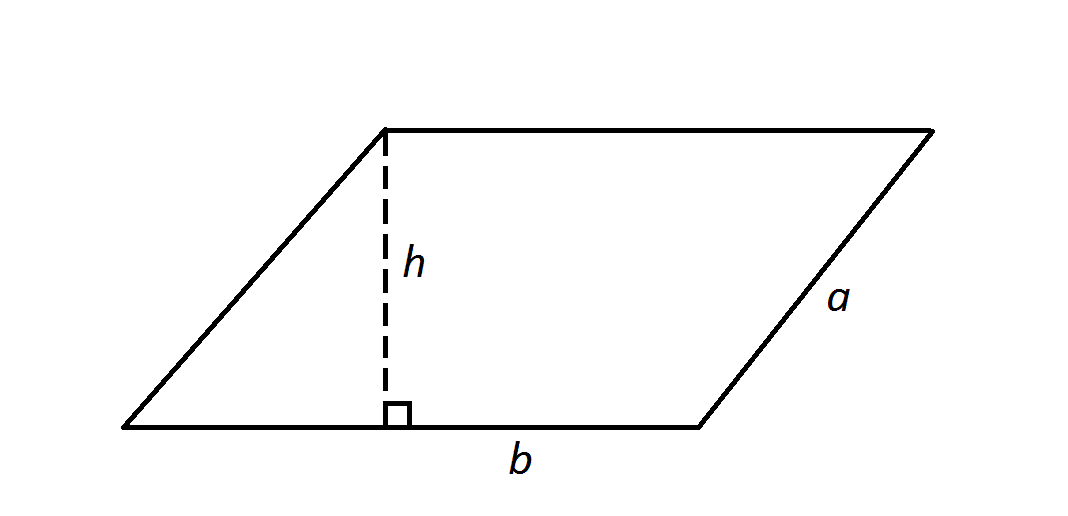All SSAT Middle Level Math Resources
Example Questions
Example Question #56 : Rectangles
If a cereal box has a volume of 40 cubic inches, a width of 2 inches, and a height of 5 inches, what is its length?
The formula for the volume of a rectangular solid is 
Use the provided information from the question in the above formula and solve for the length.
Therefore, the length of the box is 4 inches. In answering this question, it is important to look at the units before selecting an answer. It is easy to be tricked into thinking that because the total answer is in cubic inches that it may be necessary to have square inches, but when multiplying three values, each with inches as their units, the units of the product will be cubic inches.
Example Question #341 : Ssat Middle Level Quantitative (Math)

One cubic meter is equal to one thousand liters.
The above depicts a rectangular swimming pool for an apartment. The pool is 
The pool can be seen as a rectangular prism with dimensions 



One cubic meter is equal to one thousand liters, so multiply:

Example Question #1822 : Hspt Mathematics
Which of the following is equal to the area of a rectangle with length 

Multiply each dimension by 
Multiply these dimensions to get the area of the rectangle in square centimeters:
Example Question #351 : Ssat Middle Level Quantitative (Math)

The above depicts a rectangular swimming pool for an apartment. The pool is five feet deep everywhere.
An apartment manager wants to paint the four sides and the bottom of the swimming pool. One one-gallon can of the paint he wants to use covers 
The bottom of the swimming pool has area

There are two sides whose area is

and two sides whose area is

Add the areas:

One one-gallon can of paint covers 350 square feet, so divide:
Seven full gallons and part of another are required, so eight is the correct answer.
Example Question #59 : Rectangles
You are putting in a new carpet in your living room. The dimensions of the the room are 
To find the area of a rectangle, you must multiply the two different side lengths. For this room the answer would be 

Example Question #121 : Plane Geometry

Refer to the above figures. The square at left has area 160. Give the area of the rectangle at right.
The area of the square, whose sides have length 

The square and the rectangle have the same area, so the correct response is 160.
Example Question #122 : Plane Geometry

Figure NOT drawn to scale.
Figure 1 and Figure 2 have the same area. The shaded portion of Figure 1 has area 64. What is the area of the shaded portion of Figure 2?
Figure 1 is a rectangle divided into 24 squares of equal size; 3 of the squares are shaded, which means that 
Figure 2 is a circle divided into 8 sectors of equal size; 1 is shaded, which means that 
Since the two figures are of the same area, the two shaded portions, each of which have an area that is the same fraction of this common area, must themselves have the same area. Since the shaded portion of Figure 1 has area 64, so does the shaded portion of Figure 2.
Example Question #1 : Parallelograms

Note: Figure NOT drawn to scale
In the above diagram,
Give the area of the parallelogram.
The area of a parallelogram is its base multiplied by its height - represented by 

Note that the value of 
Example Question #2 : Parallelograms
A given parallelogram has a base 


The formula for the area of a parallelogram is 


Example Question #2 : Parallelograms
A parallelogram has a height of 


Given base 


Substituting the values from our question:
Certified Tutor
All SSAT Middle Level Math Resources

































































